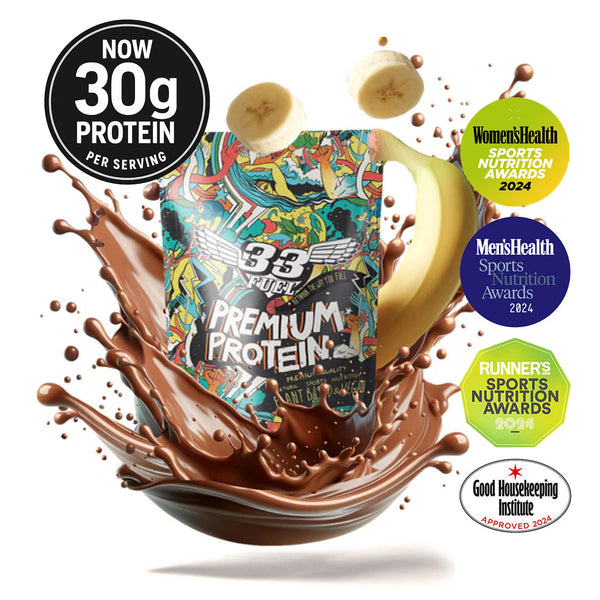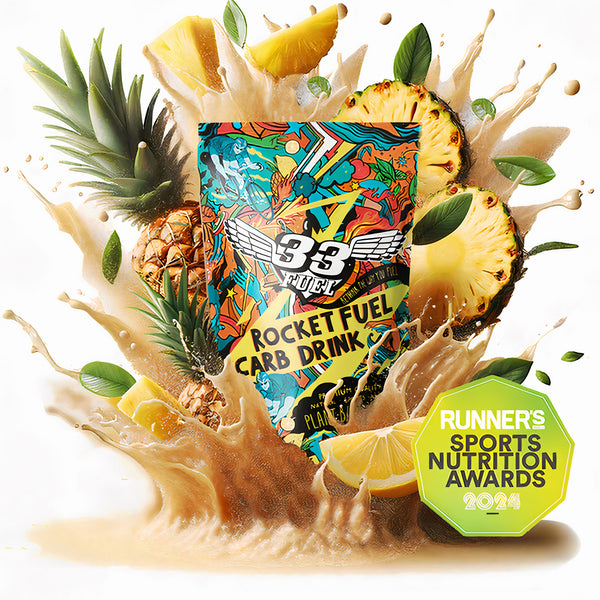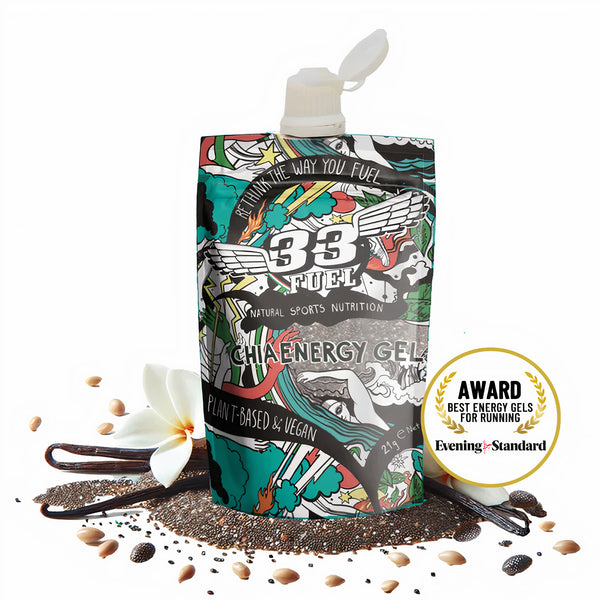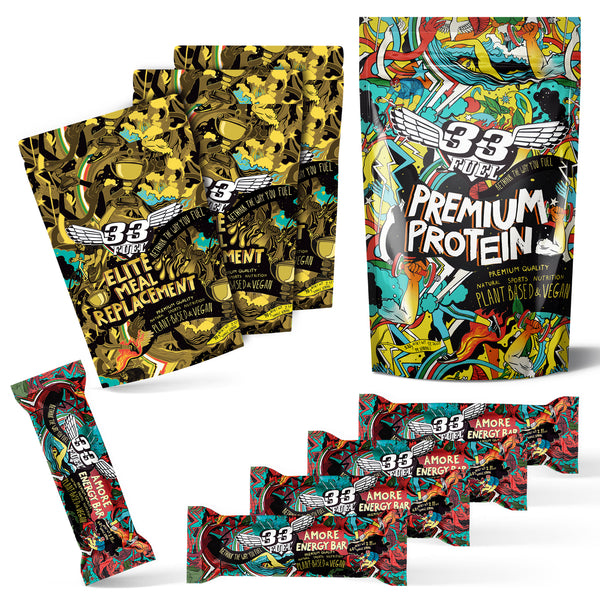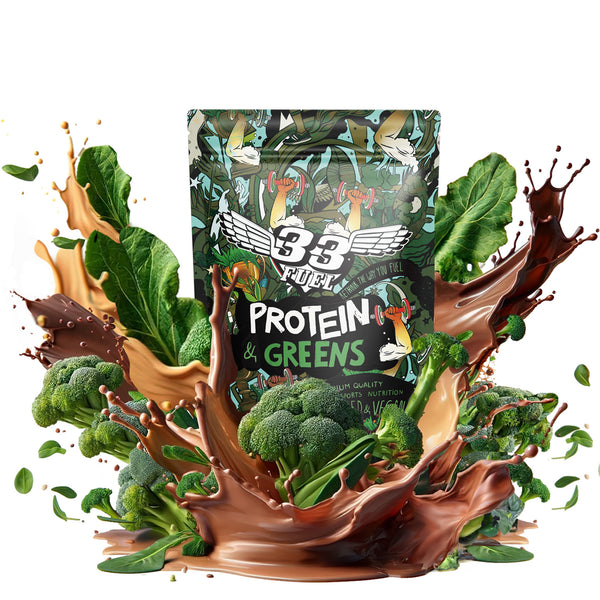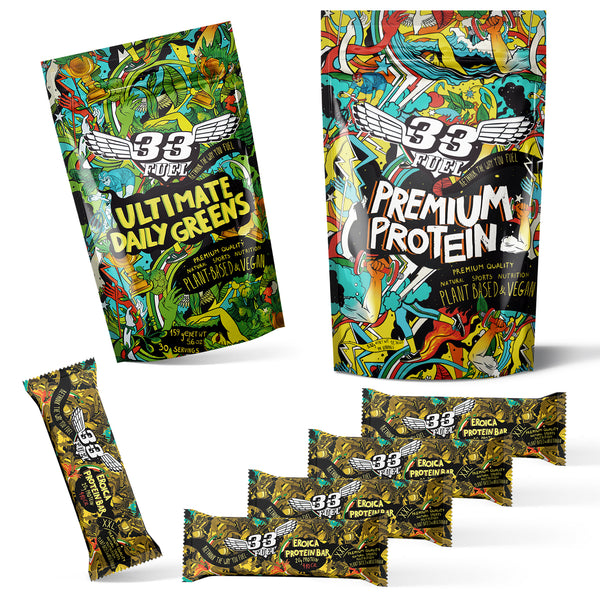Sports nutrition and the media meltdown

A writer for a well-known lifestyle magazine recently contacted me for nutritional input on an ultrarunning feature, so I tackled a lengthy interview and the writer went to work. On reading the finished piece however the magazine editors killed it for being ‘off-brand’, which is usually media speak for ‘upsetting to our advertisers’. It’s not the first time this has happened
doesn’t help objective journalism, or your nutrition funnily enough
Having spent a former career as a journalist I guess they planned to sell ads around the piece to sports nutrition companies, who would not much have appreciated being next to a story explaining how fruit and veg are more powerful than most supplements, why you need fewer supplements than you think, and why stomach trouble for athletes has little to do with exertion and rather more to do with the low grade ingredients in many products.
But magazines can’t exist without ads, and with print media in freefall there’s a short supply of ad buyers. Beggars can’t be choosers and business is business.
With objective journalism declining across the board as a result, the bad news for athletes is it’s harder than ever to find nutrition advice in print that isn’t defering to a nutrition company’s paid party line.
The good news is it’s the 21st century and we have this thing called the internet. You may have heard of it.
It’s free, and so are you, to read anything you like, learn anything you like and try anything you like (unless of course you’re a pro that is)

Yay! The internet! Read anything you like, for free
So if you’d like to know what I said in that interview, here it is.
I hope you enjoy it, and that it helps your training and race nutrition.
Fueling for endurance sports 1: whole foods beat processed foods
The more an ingredient is processed, messed with and removed from the natural state it began life as, the more its nutritional value diminishes. The root of powerful nutrition is eating as close to the source as possible.
As an example, an orange is good for you but a pint of neat orange squash is not. Both stem from oranges, but the orange squash is so far away that, in nutritional terms, it’s on another planet.
If in doubt about any product, check the ingredients label. If it looks more like a chemistry experiment, leave well alone.

Oranges, awesome
For more on some of the worst ingredients to look out for, there’s a full rundown here.
Fueling for endurance sports 2: focus on protein quality, not quantity
Protein’s everywhere right now, so much so you’d be forgiven for thinking that for any hope of creating strength, power and muscle you’d have to be eating protein like it was going out of fashion.
This isn’t the case.
Basic guidelines on recommended protein during training suggest one gram of protein, per kilo of bodyweight, per day. So an average 75kg runner for example needs 75 grams of protein each day.
Before you start weighing every meal let’s put this context because the average UK male already eats 90 grams of protein a day.
This isn’t someone focused on training and sports performance, just an ordinary Joe eating because he’s hungry. And he’s already exceeding the athletic protein requirements.
For performance nutrition and protein, quality beats quantity hands down.
Great protein sources for athletes are:
- Nuts and seeds
- Oats. Yes, the humble oat is 10% protein
- Legumes like chickpeas and lentils
- Meat and fish are okay but quality is everything
Dairy is best avoided – including whey protein - because it increases inflammation and acidity in the body, which inceases recovery time as well as illness and injury risk.

Grrr, pass the oats. Protein’s everywhere, quality trumps quantity all day long
Fueling for endurance sports 3: your daily diet is your sports nutrition
Look at the whole picture – not just the race you or session you’re tackling. If your daily diet behind it all sucks, you might as well be running about with the handbrake on. Similarly if you have an awesome diet, but eat junk on race day you’re doing yourself no favours either.
A great diet gives you the essential strong nutritional base to work from. After this, allow a 5-10 percent window to eat or drink whatever you like or it will become onerous and you won’t stick to it.
Fueling for endurance sports 4: burn fat
In higher intensity exercise, we mainly fuel from carbohydrate - but at lower intensities, we primarily fuel from fat. Carbs are a part of successful fueling, but not the only part.
We store enough carbs for about two hours of exercise but after that they need topping up, whereas we also store enough fat to fuel us for several days and this is where it gets interesting.
If you can change your thresholds for fat and carb fueling, you can become far more efficient.
Implementing slower sessions in your training and altering your diet by reducing carb intake and increasing good fat intake can significantly raise the threshold below which you fuel from fat.
The higher you take this threshold, the less often you need to dip into your smaller carb reserves and the longer you can run, bike or swim with more stable energy and less risk of stomach issues or mental fog.
Great sources of good fats are:
- Avocados
- Olive oil
- Nuts, like almonds and walnuts
- Seeds, like chia and flax
- Coconut oil, flesh and flakes
Packed with nature’s most powerful good fats, alkalysers, anti-inflammatories and
adaptogens 33Fuel’s Pre and Post Workout Shakes are your one stop shop when you need to
turn your endurance diet up to 11. Use for races and your hardest training sessions, let an
awesome diet cover you the rest of the time
Fueling for endurance sports 4: get weird to raise your game
To raise your nutrition for serious performance go beyond carbs, protein and fats to add adaptogens, alkalysers and anti-inflammatories.
Adaptogens help the body adapt to changing stresses, like new levels of training.
Great adaptogens are:
- Goji berries
- Maca
- Acai berries
- Turmeric
- Raw cacao

Pineapple. Right tasty and an excellent anti-inflammatory too
Meanwhile alkalysers and anti-inflammatories overcome increases in acidity and inflammation in the body brought on by physical, mental and nutritional stress.
Left unchecked, these foster a poor environment for strength, health and performance. Alkalysers and anti-inflammatories clear this damage more quickly to help the body recover faster so it can go harder again sooner.
Great alkaysers and anti-inflammatories are:
- Fruit and veg like pineapple, lemons and asparagus
- Seaweeds like spirulina and chlorella
- Berries like Incan berries and blueberries
Fueling for endurance sports 5: make it personal
Everyone is different, and every body tolerates different things – train to understand what yours needs, wants and rejects before you get to the startline.
If any product makes you gag getting it down, or you simply don’t enjoy it - avoid. Endurance sports are hard enough without force-feeding yourself.
Practice fueling to hunger, not schedule as well as drinking to thirst. Alongside a strong fat-burning base these two skills are the biggest pillars of endurance nutrition success.
During a race, again, take food you enjoy and you know delivers you stable energy for as long as you need it to with no stomach issues. Test in training to find your favourites and avoid 'chemical experiment' ingredients labels - the longer the race, the more these will mess with your performance.

Get your nutrition right and scale new heights
More performance-boosting content
From the 33Fuel Podcast
From the 33Fuel Vlog
Related content
Eating cr*p - why professional athletes have terrible nutrition
What’s the best diet for endurance training?
Sports nutrition’s Toxic Twelve - 12 ingredients to run a mile from




